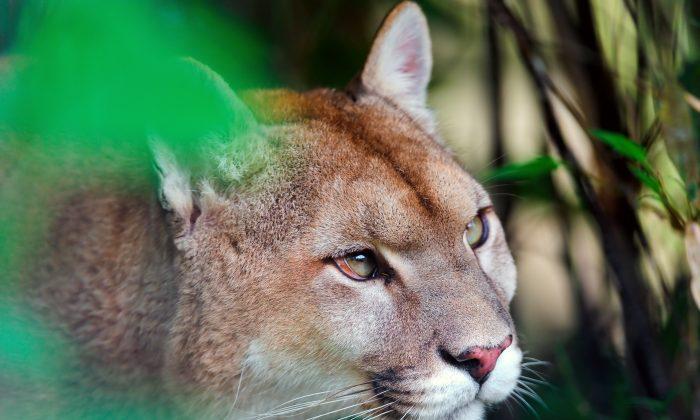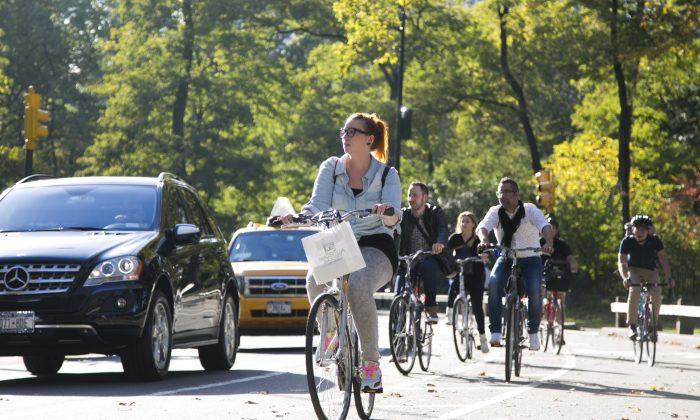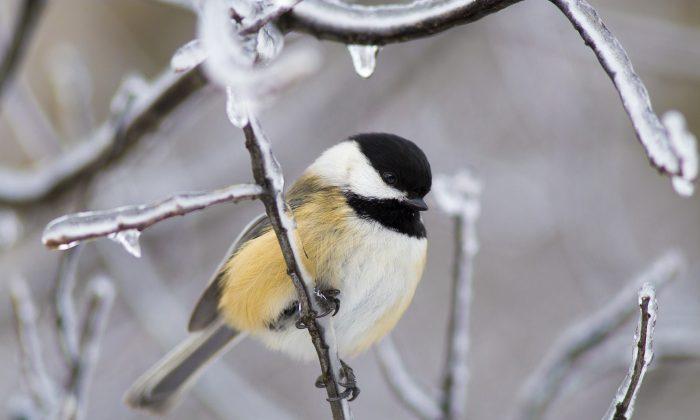Humans are the biggest threat facing mountain lions in southern California, where the animals only have about a 56 percent survival rate.
The findings of a 13-year study, published in PLOS ONE, show that even though hunting them is prohibited in California, humans caused more than half the known deaths of mountain lions studied.
Most were killed through vehicle collisions, depredation permits, illegal shootings, public-safety removals, or human-caused wildfire.
A Highway Runs Through It
Exacerbating the problem is an interstate highway, I-15, a major thoroughfare connecting San Bernardino, Riverside and San Diego counties that has proven nearly impossible for the mountain lions to cross. It bisects the study area, which stretches from Orange County, south to the Mexican border and east to the Salton Sea. Crossing the interstate, especially for the animals of breeding age, is important for this population’s declining genetic diversity—and long-term health and survival.
Most of the available mountain lion habitat in Southern California is sandwiched between the greater Los Angeles and San Diego areas, home to a growing population of about 20 million people.
Fragmentation of mountain lion populations by highways is happening to a serious degree in the Santa Ana mountain range, as well as elsewhere in Southern California, such as the Santa Monica Mountains.
In the Santa Anas, fragmentation and genetic restriction are compounded by unusually low survival rates. This raises significant concerns about the mountain lions’ future.
A Lion Tale
“Nowhere in the US, outside of the endangered Florida panther, have mountain lion populations been documented that are this cut off and with survival rates this low,” says lead author Winston Vickers, an associate veterinarian with the University of California Davis Wildlife Health Center at the UC Davis School of Veterinary Medicine.
“This means that the odds of an individual animal making it across I-15, surviving to set up a territory, successfully breeding, and then their offspring breeding so the genes are spread throughout the population is harder to have happen naturally than one would expect.”
The issue is perhaps best illustrated by a lion tale.
During the 13-year study, researchers detected only one mountain lion that made it across I-15 moving east to west, the direction needed to improve genetic diversity for the Santa Ana Mountains population. That male lion, M86, successfully bred and produced at least four offspring before he died. Of those four, one was poisoned, one was hit by a car, and another was taken into captivity for being too familiar with people. The fourth lion produced kittens, two of which she raised to adulthood, and one of which, F126, is known to still be alive.
Move Them Or Lose Them?
“So all the genetic hopes of this population may be pinned on this one animal, F126—a female we know is circulating,” Vickers says. “Given the odds of that female producing kittens, and those kittens producing kittens, it will take generations and generations to see if his effort, M86’s, in crossing the road was worth it.”
The situation for mountain lions in the Santa Anas, particularly, has become so dire that translocation—such as was done for the endangered Florida panther—may be necessary to prevent further genetic decline, the study warns. However, developing means to connect the population more naturally is preferable, Vickers says, such as by creating safe crossings along targeted highways.
“This population has one foot on the banana peel and one foot on the edge,” Vickers says of Santa Ana mountain lions. “Whatever we can do, we should do. Other populations are going the same direction, they’re just not as far down the road.”
The California State Department of Parks and Recreation, California Department of Fish and Wildlife, The Nature Conservancy, The McBeth Foundation, Anza Borrego Foundation, Nature Reserve of Orange County, National Science Foundation, Foothill/Eastern Transportation Corridor Agency, San Diego County Association of Governments Environmental Mitigation Program, San Diego Foundation, Felidae Conservation Fund, Mountain Lion Foundation, Santa Rosa Plateau Foundation, and the Institute for Wildlife Studies funded the research.
Source: UC Davis. Republished from Futurity.org under Creative Commons License 4.0.




Friends Read Free